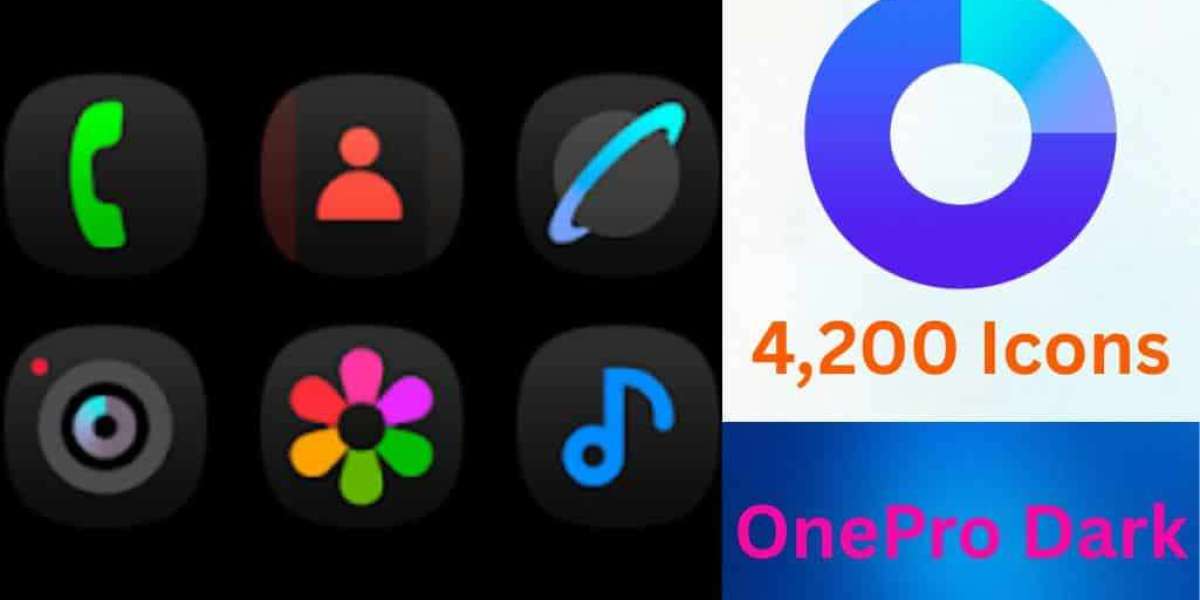The world of decentralized finance (DeFi) has transformed how we think about money, access to financial services, and the very structure of trust in the digital age. With global interest growing and billions in total value locked (TVL) across DeFi protocols, it's no surprise that startups, developers, and even traditional financial institutions are exploring opportunities in DeFi development.
But despite the hype, many are still hesitating. So what’s holding back builders from diving into this revolutionary space? Let’s explore the top barriers to entry—and how to overcome them.
1. Technical Complexity and Skill Gaps
DeFi development isn’t your typical web or app project. Smart contract programming, blockchain architecture, tokenomics, and protocol design require specialized knowledge—especially when working with platforms like Ethereum, Solana, or Layer 2s.
For many founders and devs, the learning curve feels steep. Solidity, Rust, or Vyper aren’t widely mastered programming languages, and gas efficiency, composability, and contract upgradability add extra layers of complexity.
Solution:
Start with small experiments using testnets and no-code tools like ThirdWeb or Scaffold-ETH.
Partner with a DeFi development company that can guide you through architecture and audits.
Upskill with focused online courses or bootcamps that specialize in smart contract development.
2. Security and Risk Concerns
In DeFi, a single exploit or poorly written smart contract can result in millions in lost funds. Rug pulls, flash loan attacks, and oracle manipulation are not uncommon. This naturally makes new builders nervous—especially those without a background in blockchain security.
Solution:
Use well-established frameworks like OpenZeppelin to reduce vulnerability risk.
Plan a full audit with a reputable security firm before launch—never skip it.
Implement time locks, multisig wallets, and bug bounty programs to reinforce trust and resilience.
3. Regulatory Uncertainty
One of the biggest mental blocks for builders is the legal grey area around DeFi. Regulations vary widely by country, and global authorities are still figuring out how to handle decentralized protocols, especially those involving tokens or yield farming.
This uncertainty makes startups wary about compliance, taxation, and potential liability.
Solution:
Engage with legal experts early on to understand your risk profile.
Consider launching governance tokens without promising profits or yield.
Stay updated on frameworks like MiCA (EU), the SEC’s stance (US), or local sandbox programs.
4. Lack of Funding or Monetization Clarity
Many founders want to build in DeFi but aren’t sure how they’ll monetize or attract funding. The traditional VC model doesn't always apply cleanly to decentralized ecosystems, and some worry that launching tokens could attract regulatory scrutiny or dilute ownership.
Solution:
Explore community-based funding models like DAOs or token presales.
Apply for grants from ecosystems like Ethereum Foundation, Polygon, or Aave.
Focus on creating a clear use case and utility model to attract backers.
5. User Experience (UX) Challenges
Even the best DeFi protocols can struggle with user adoption due to poor UX. From confusing wallets and gas fees to complex interfaces, onboarding new users remains a significant challenge. This discourages many builders who are used to Web2 simplicity.
Solution:
Prioritize frontend simplicity and wallet integrations like WalletConnect or MetaMask.
Integrate fiat on-ramps to reduce friction for non-crypto users.
Use account abstraction and social login tools (like Web3Auth) to simplify onboarding.
6. Fear of Market Volatility or Project Failure
The crypto industry is notorious for its price swings and boom/bust cycles. This volatility can make builders fearful of launching during a downtrend—or uncertain whether their protocol will gain traction in an already crowded space.
Solution:
Focus on real utility over hype. Build for long-term value, not just short-term speculation.
Launch in stealth mode or beta to iterate without pressure.
Join incubators or DeFi accelerators to refine your vision and gain early support.
Final Thoughts: DeFi Development Is a Challenge Worth Taking
Despite the roadblocks, the opportunity in DeFi is immense. The builders who succeed will be those who understand the ecosystem’s complexity—and still choose to build anyway. Whether you’re launching a new lending protocol, DEX, DAO, or staking platform, mastering DeFi development Company gives you a seat at the forefront of financial innovation.
If fear, uncertainty, or lack of expertise is what’s stopping you, know this: you're not alone. The DeFi community is vibrant, open-source, and full of resources. With the right strategy and support, your idea can become the next big protocol shaping the decentralized future.



